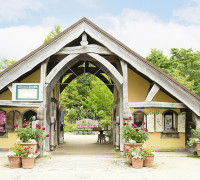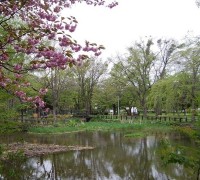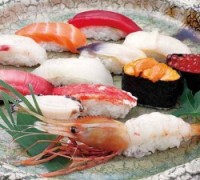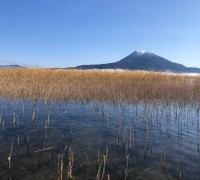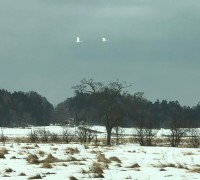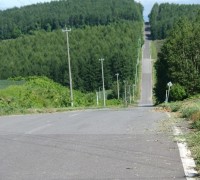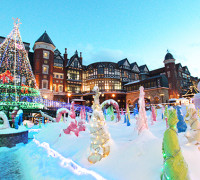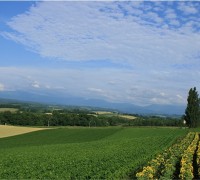In the Kushiro area we have foggy days in summer but in winter it is
beautifully sunny most of the days.
In winter the wetland freezes and there will be no food for the Tancho
cranes, so they visit feeding stations. There are several feeding stations in Kushiro.
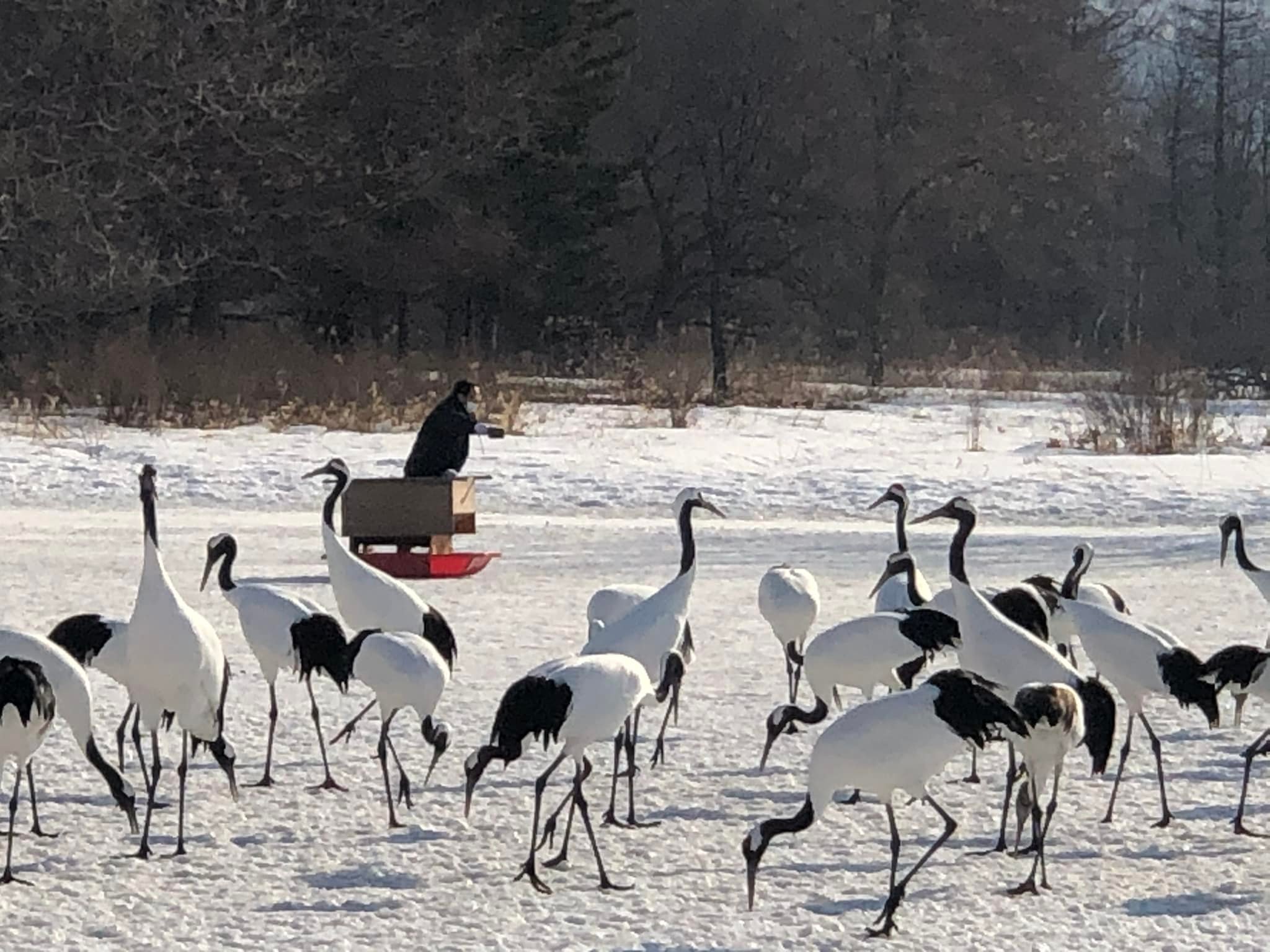
In winter, 3 year old males and females perform courting dances. Once a
Tancho has found a partner, the couple will stay together for life.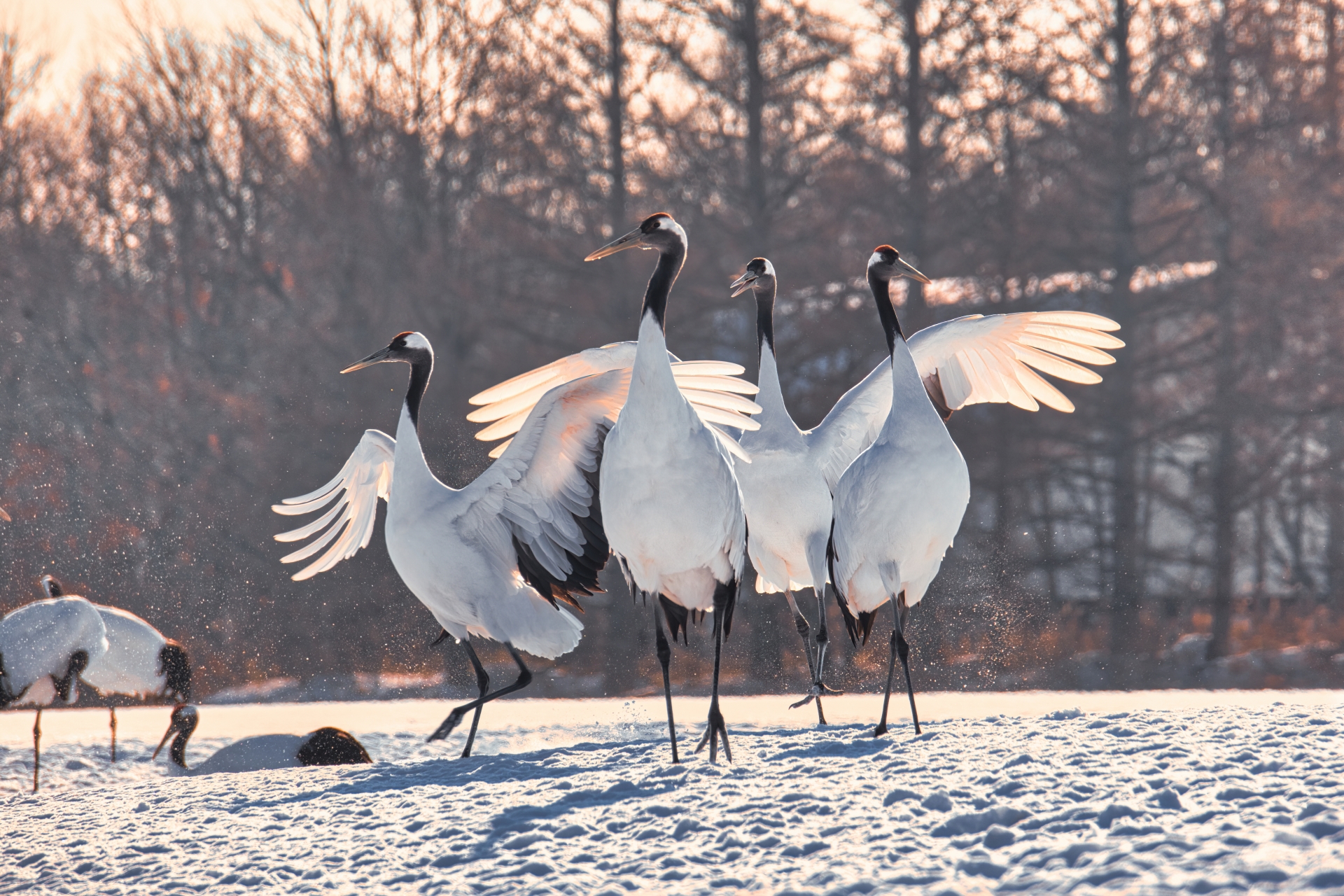
As the snow melts, the couple will return deep into the wetland and make
their nest where the female will lay one or two eggs. The eggs will hatch in May. The family will stay together all the time.
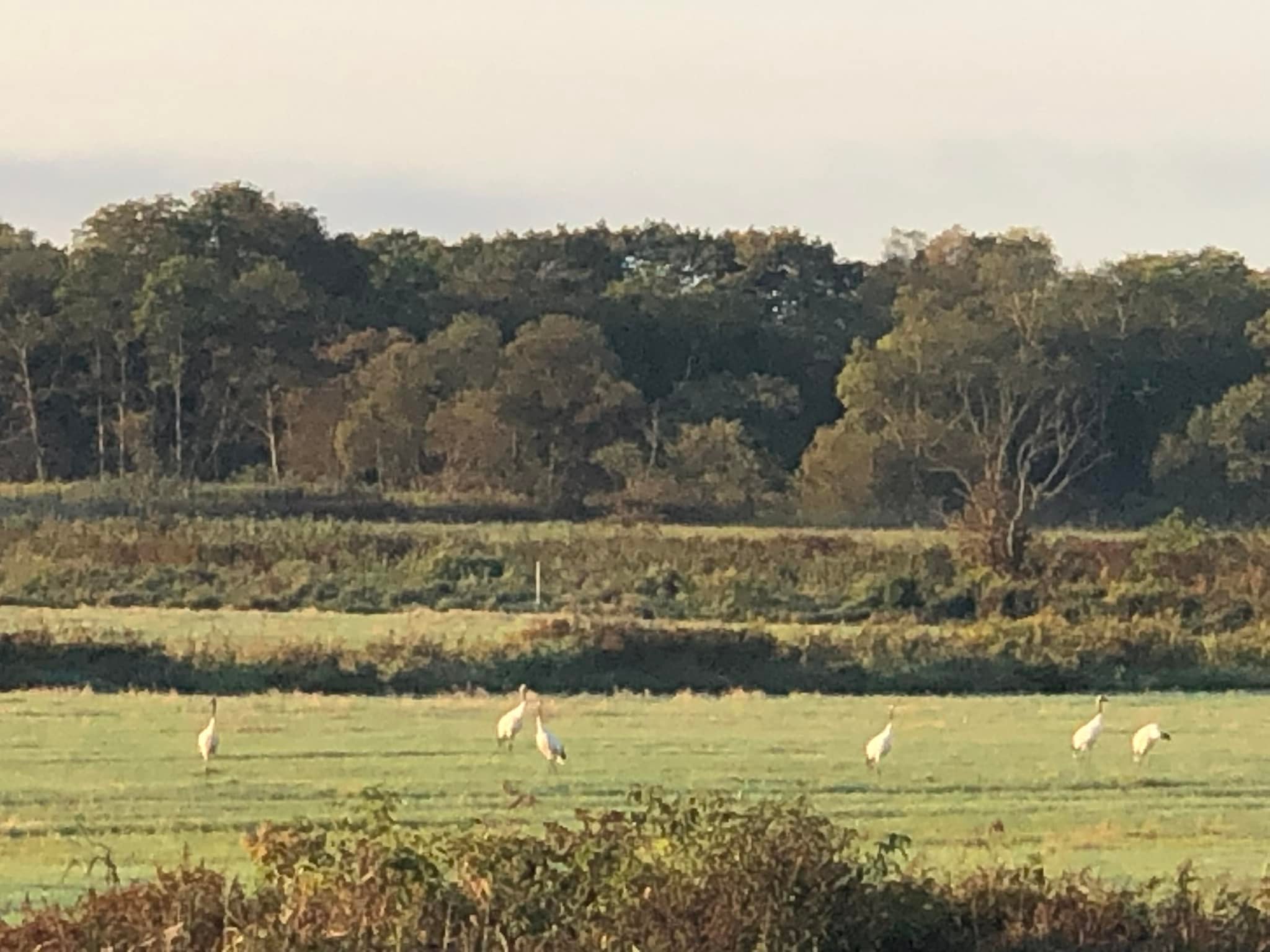
In 3 months, the chicks will be as big as their parents and they will start to
fly in autumn. Despite their size, they will still have a brownish baby color on their necks.
When the snow covers the wetland, the family will head to the feeding
stations. The parents are getting ready to lay new eggs. The chicks will be kicked out. The chicks will start spending time with other chicks and young birds. The chicks will become parents when they are three years old.
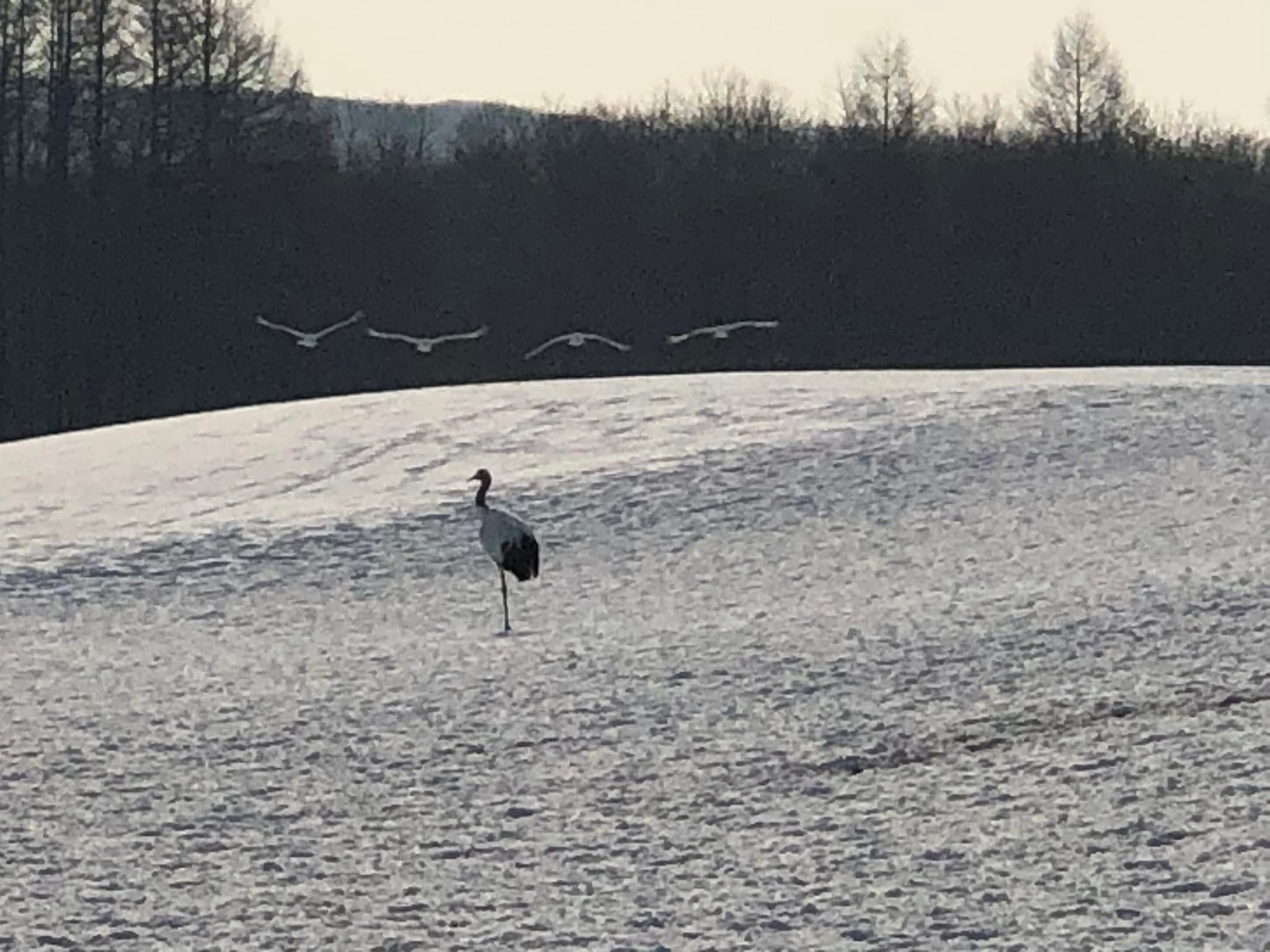
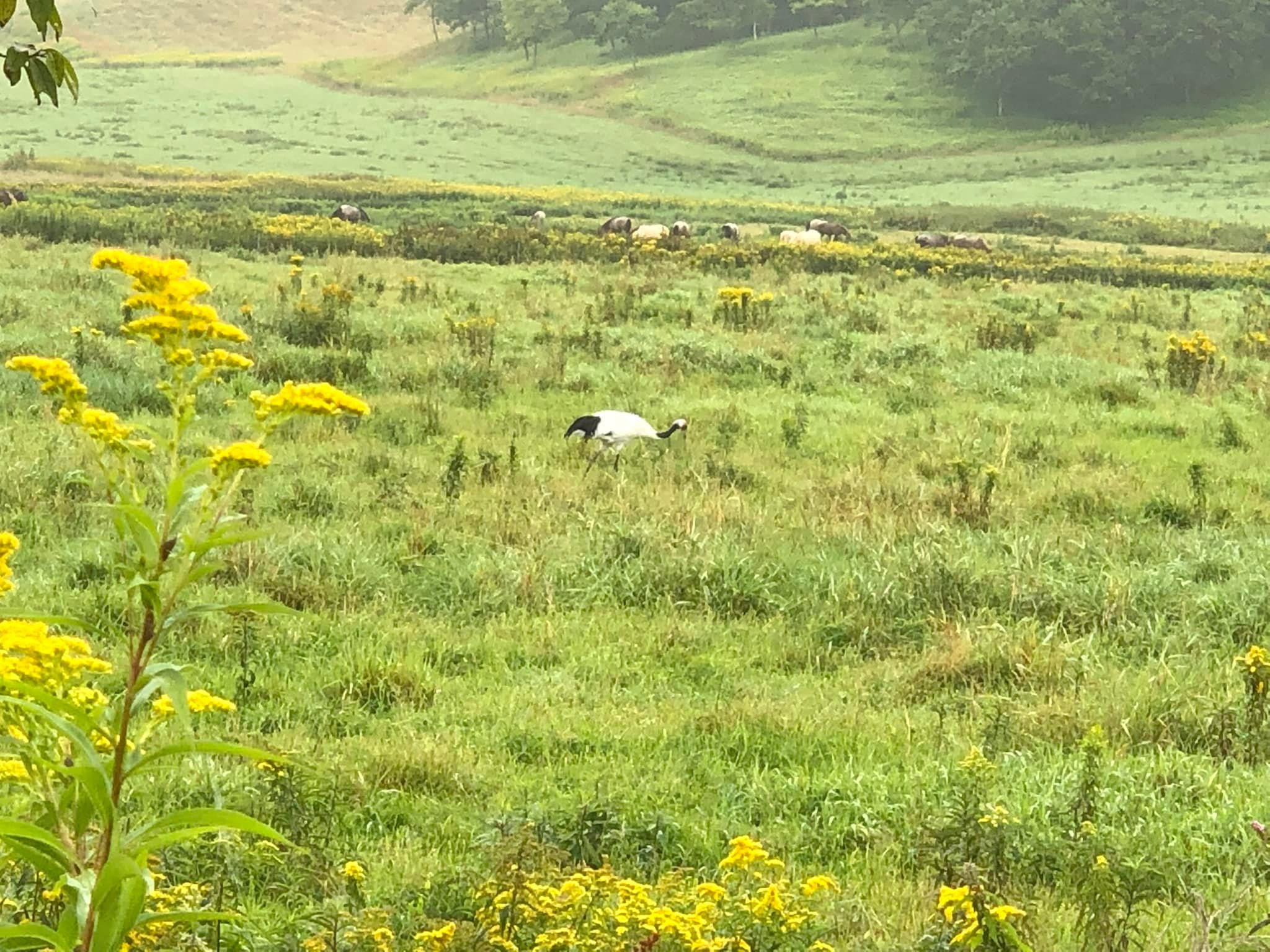
One time, the Tancho were believed to have gone extinct. But a dozen
Tancho were discovered in the wetland. The local people started to protect them by giving them dried corn during winter for them to survive. The wetland has been protected as the habitat for Tancho.
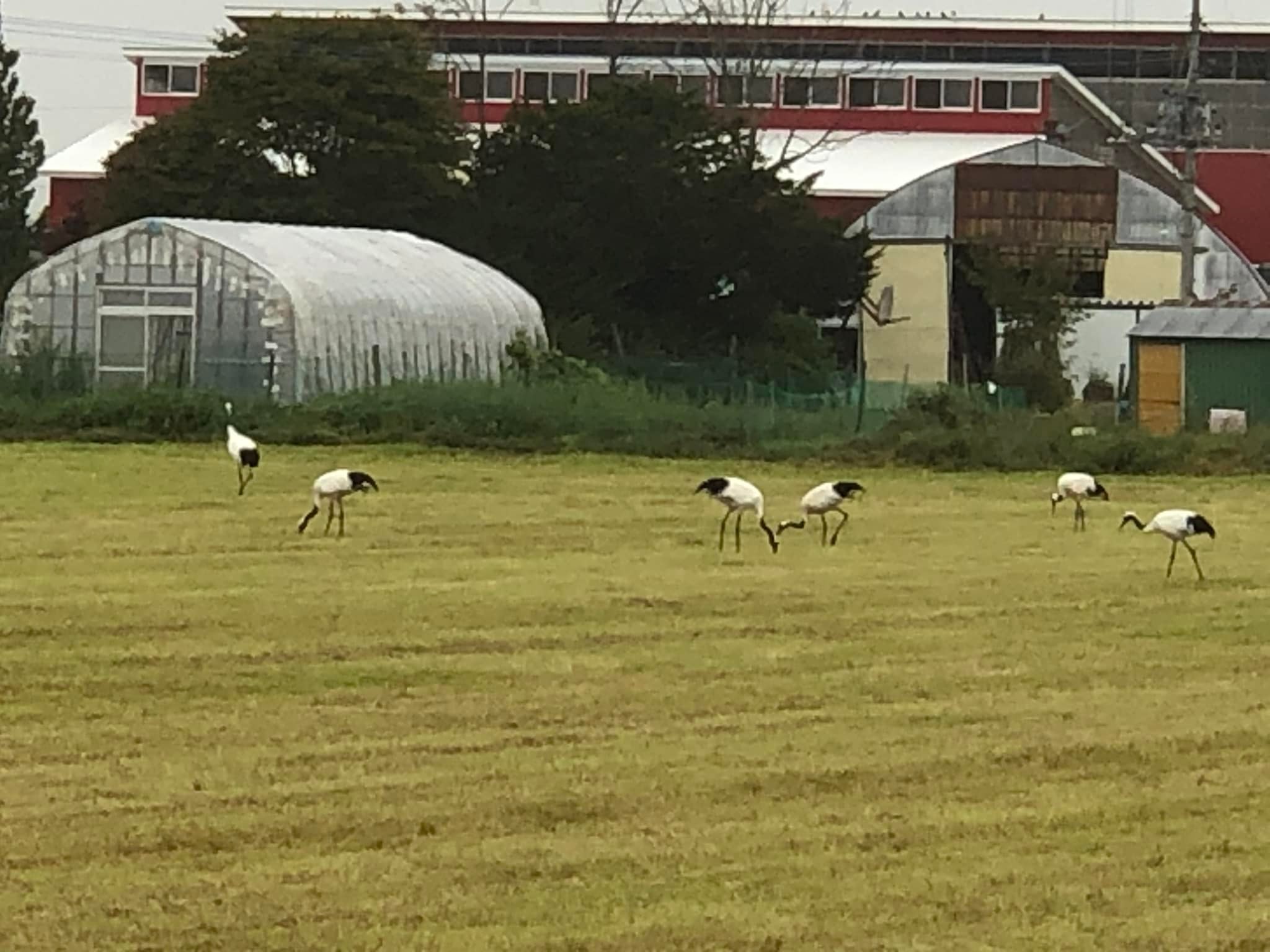
Thanks to these efforts, the number of Tancho has been increasing. In 2020
in winter, they numbered 1,800!
By Masako Endo
RELATED ARTICLES
-
The spectacular night view of Sapporo
-
Marimo at Lake Akan
-
What is a trip for kids?
-
Ecorin Village in Eniwa: A Town of Flowers and Ecology
-
Pleasurable Farming Tours in Hokkaido
-
Experience Contemporary Ainu Art at the Foot of Mt.Hakkenzan
-
The present-day Ainu and Iomante -from the story of th...
-
The First Autumn Colours in Japan
-
No Snow Festival But…
-
Rakugo Seminar


